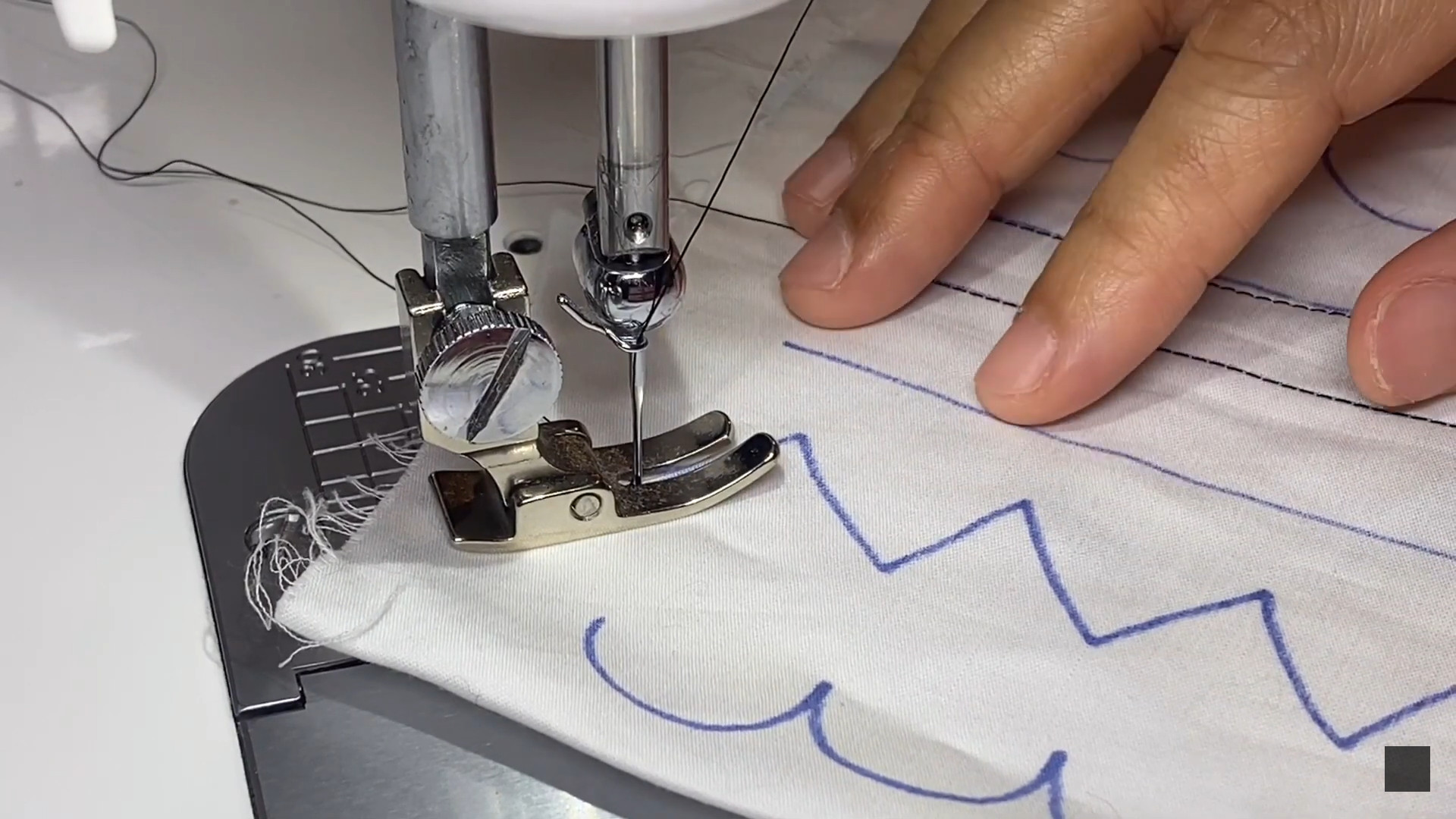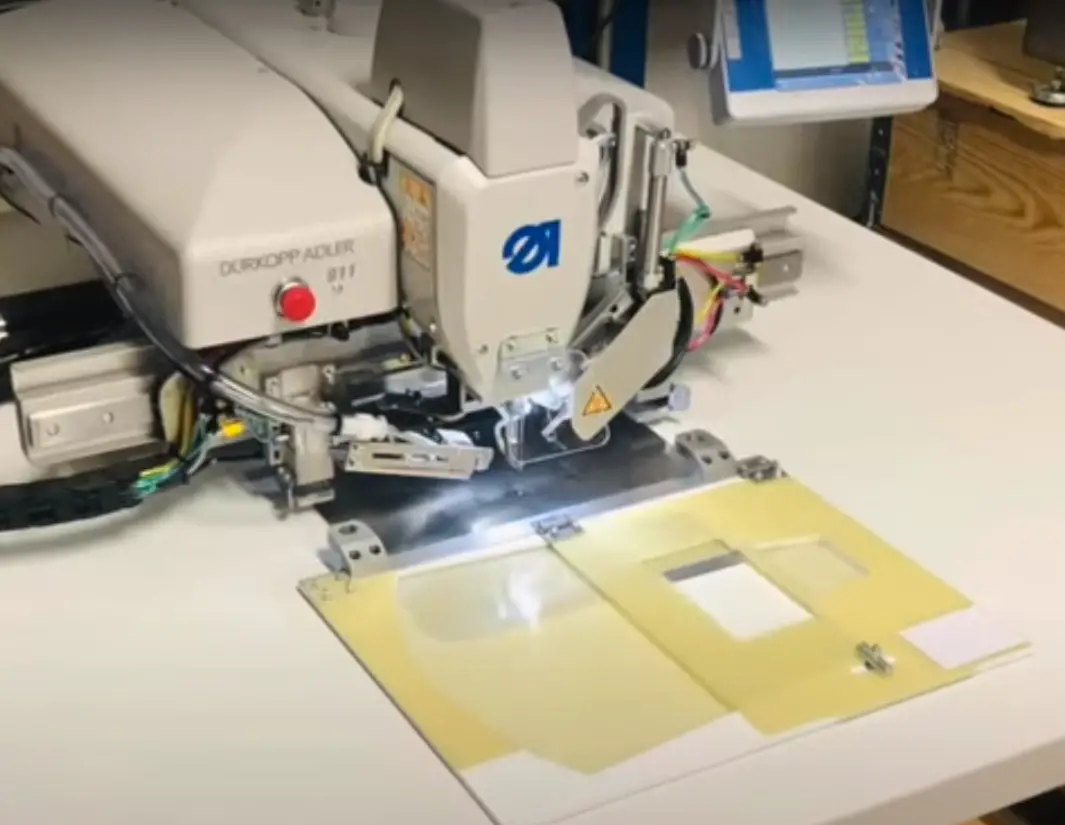What is a Walking Foot on the Sewing Machine?
What is a walking foot on a sewing machine? Many people think that a foot sewing machine is only used for quilters, but the walking foot can help you do a lot of other stitching tasks.
It gives you the extra power and feet for the fabric top and makes your sewing process much more efficient. With a walking foot, the hard fabric with thick layers and a slippery surface becomes much more malleable.
So, why is a walking foot necessary on your sewing machine? Do you really need a walking foot? Follow this post, and I will answer all your questions in detail.
Table of Contents
What Is A Walking Foot On Sewing Machine?
A walking foot is commonly called a sewing machine foot, which helps feed and bat through the fabric’s layers evenly while the machine is quilting.
This component will cling to the fabric’s top layer and move that part under the machine’s needle. The fabric’s top layer movement has the same speed as the movement of the bottom layers moved by the feed dogs.
When the top and bottom layers move at the same pace, it helps the sewers avoid the annoying puckering or shifting effects when using a regular foot. Therefore, a walking foot is beneficial for both garment sewing and quilting.
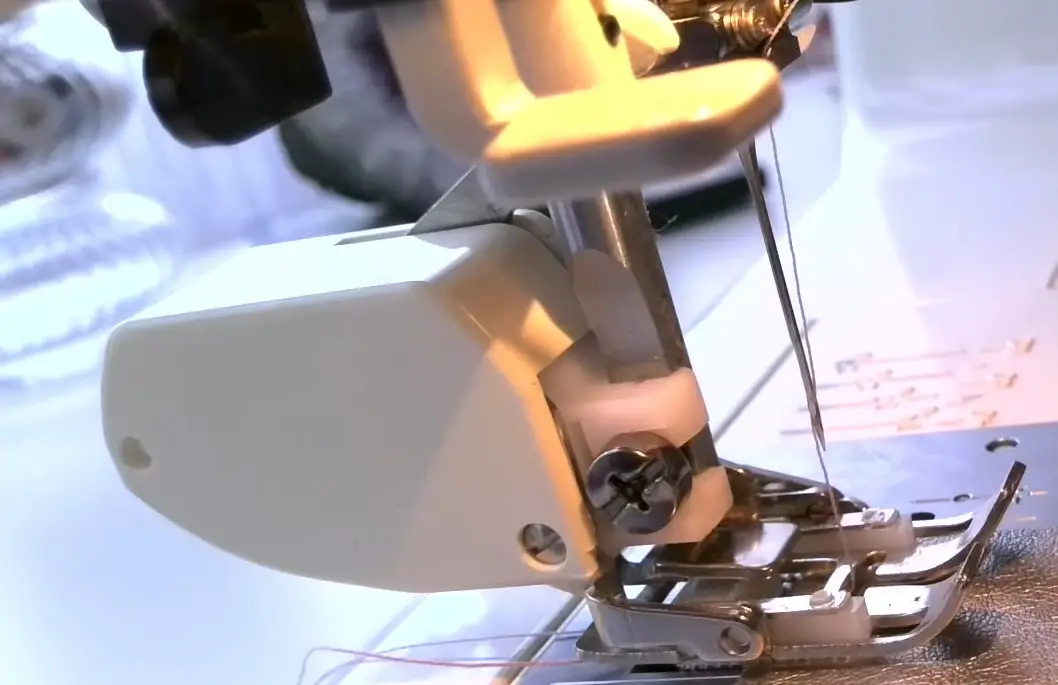
What Does A Walking Foot Look Like?
A walking foot possesses a more intimidating and bulkier look than the other sewing foot types. Contrary to its complicated look, a walking foot features a simple and user-friendly mechanism, which is very easy to operate.
The typical component of the sewing foot is the set of teeth cranking in circular movements. This set of teeth will constantly crank under and upper the foot surface to suit the sidebar’s position.
These moveable teeth must be put on the needle bar when attaching the walking foot to a sewing machine. This position allows the teeth to move in harmony with the needle’s movement and feed dogs under your garment.
Related:
– How do you use Batting Fabric?
– How to finish a Stitch
Why Use The Walking Foot On Sewing Machine?
You may not need the extra power and features of a walking foot when sewing just one or two fabric layers. However, things get more challenging and complicated when dealing with multiple layers of fabric.
Since there is a big gap between the layer and decreased friction, the top and bottom layers may not move at the same pace. This is also a common issue for sewing thick garment pieces like vinyl, leather, or oilcloth.
The regular sewing feet feature a different mechanism from a walking foot, and they cannot handle these thick or sticky fabric garments effectively.
As a result, it will shift or pluck out your sewing garment and affect your performance as well as waste time. Meanwhile, a walking foot can tackle this problem by moving the top and bottom layers harmoniously.
Since it can help sewers avoid misalignment and the annoying shifting effects, walking on a sewing machine is indisputable for sewing thick garment pieces.
However, these components don’t always come in handy. There are some situations where you don’t need a walking foot. Follow the sections below, and I will discuss them in more detail.
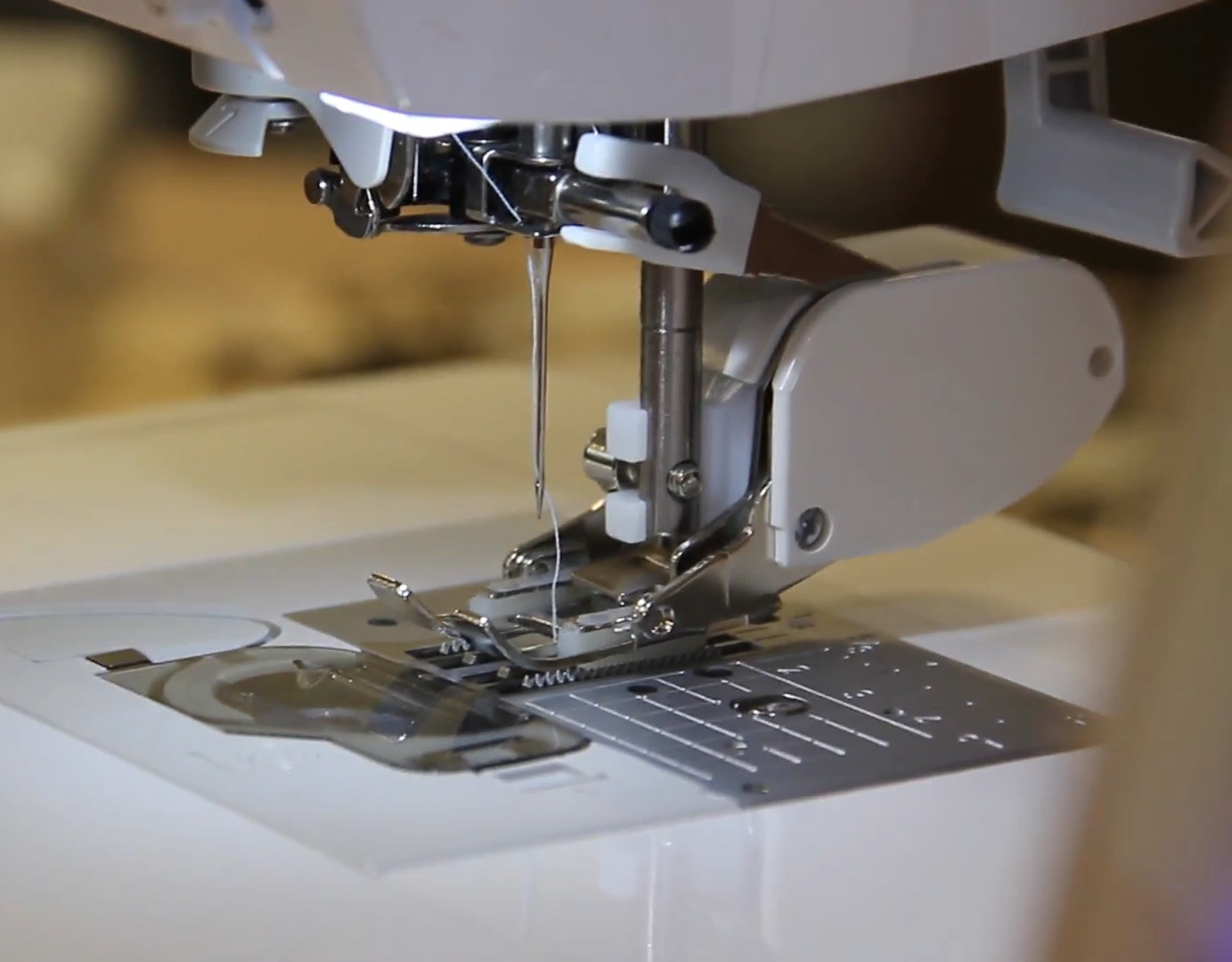
When Is A Walking Foot On a Sewing Machine Not Necessary?
The sewing foot is not designed for sewing in reversed patterns, so you don’t need this component for reverse sewing. It will move the top layer forward and the bottom layer backward, thus ruining your sewing pattern.
A walking foot is also unnecessary for quilting in free motion since it cannot move the fabric layers from side to side. Lastly, you don’t need a walking foot to sew large decorative patterns and stitches created by side-by-side motions.
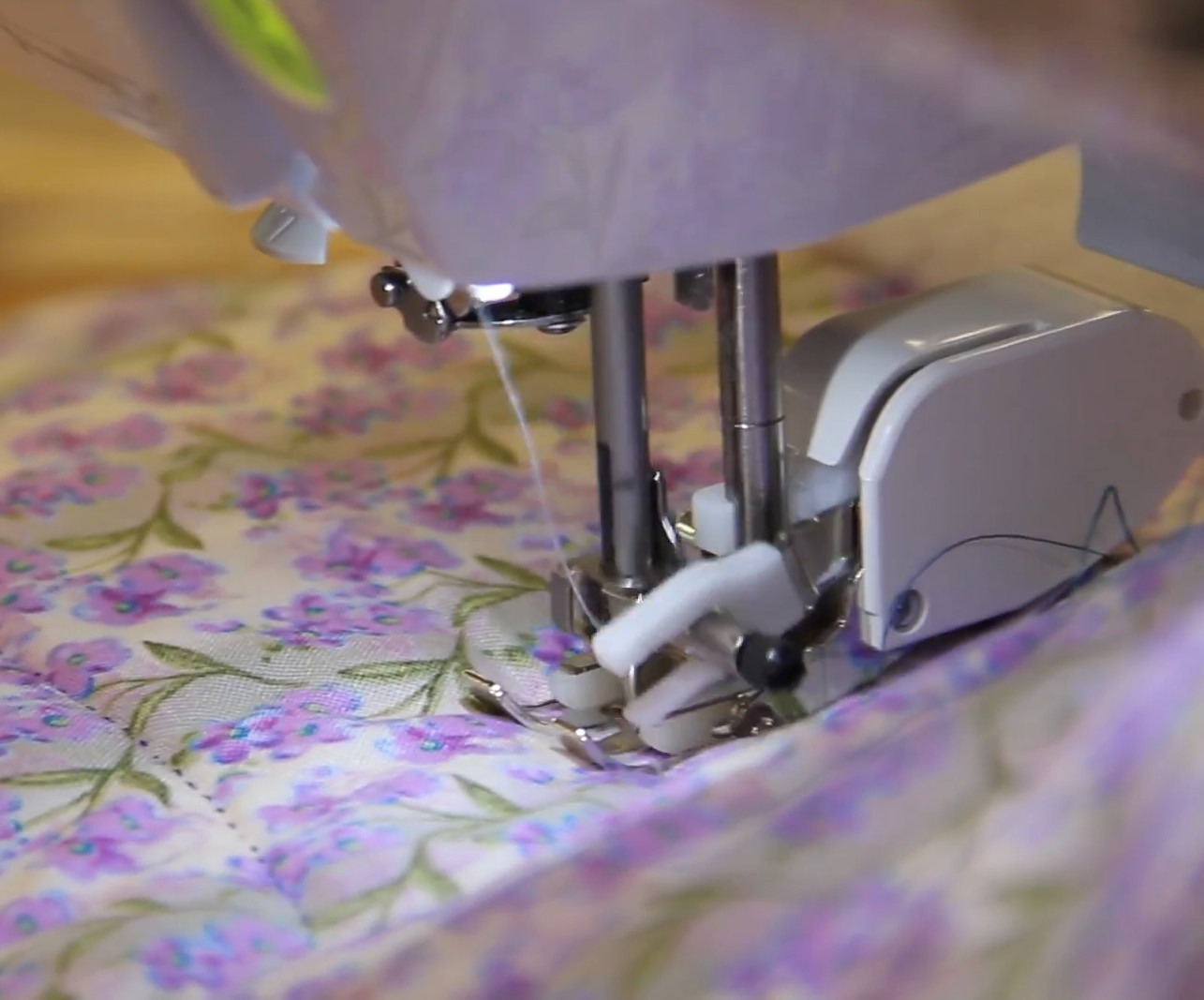
When Should You Use A Walking Foot Sewing Machine?
As mentioned above, the walking foot is not used solely for quilting. It can help you carry out all sorts of sewing tasks when dealing with thick and sticky fabric garments. Here are some common uses of a walking foot to consider.
Traversing Bulky Seams
As I have mentioned many times, a walking foot’s extra power and teeth can cling to the fabric seams very well. These are the spots where the crotch seams and fly openings on your pants meet.
These places are tricky to traverse if you’re using a regular sewing foot. Therefore, a walking foot will come in handy when sewing a garment that has a directional print or pattern-matching major seams.
Sewers can easily pin and adjust the pieces across these major seams easily with any misalignment or shifting effect.
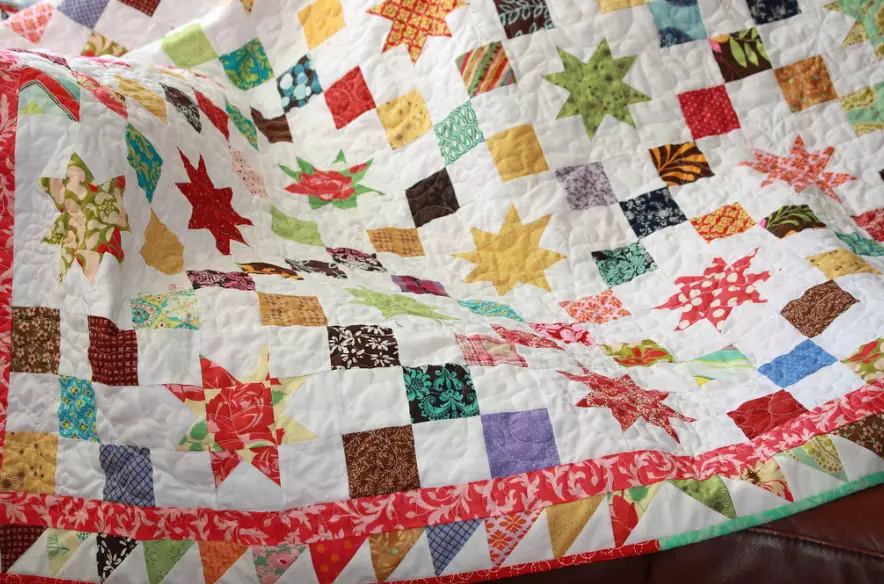
Matching Intersections
The fabric garments with separate cuffs or waist seams must be matched to sew a straight line (horizontal and vertical). When using a regular presser foot to pin these intersections, you will suffer from the pinching effect.
Just a small plug-out can ruin the whole intersection and force sewers to remake everything. In addition, the seam lines won’t look aligned and pleasing to the eyes, thus decreasing the quality of your work.
A walking foot can help you create aligned and perfect seam intersections without any risk of shifting or stitching. Your only job is to pin the seams securely and let the walking foot work.
Related:
– Why won’t my sewing machine turn on?
– The sewing Machine Keeps Jamming
Matching Plaids, Prints, And Stripes
A walking foot will come in handy if you need to match a plaid, print, or stripe across many seams on a fabric piece. It ensures that sewers pin and cut all the pieces on the seams beautifully without any misalignments.
Topstitching Plackets, Hams, Or Bindings
The drag lines may appear after topstitching your hams or plackets. This problem may be tackled by steaming, but using a walking foot is much more efficient.
The walking foot can keep the layers evenly on flat edges by moving the top and bottom layers at a harmonious pace. There isn’t any risk that the two layers scoop out when topstitched.
Sewing Knits
A walking foot is also ideal for sewing knit fabrics as it doesn’t stretch out and ruin the piece’s texture. Knits are very stretchy and prone to shift effects.
By moving the top and bottom layers evenly at the same pace, your knit garment piece will stay intact and beautiful throughout the whole process.
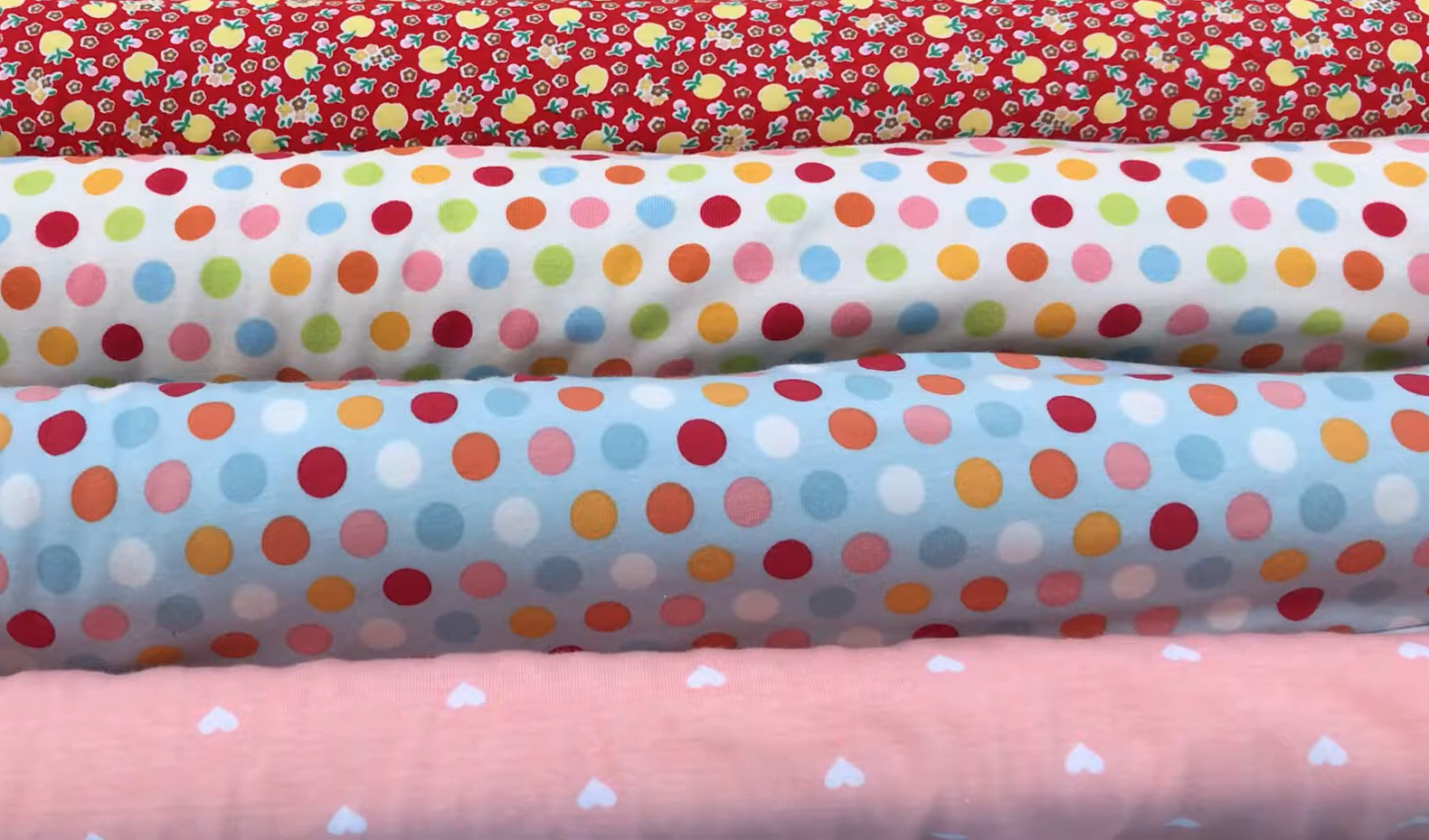
How To Install A Walking Foot On a Sewing Machine?
First, remove the installed pressure foot on your sewing machine to free up space for the walking foot.
Ensure that the whole pressure foot is plugged off, not the snap-on part solely.
Then, slide your walking foot from behind the sewing machine and place its foot clamp on the holder screw to install. The plastic fork needs to fit nicely with the needle bar before you tighten the screws.
After installing the component, you should test the height by moving the needle up and down while the fork and lever of the sewing foot are moving along.
FAQs
What Is The Difference Between A Regular Foot And The Walking Foot?
In general, a walking foot is typically larger than a regular pressure foot in size and weight. It delivers much better performance and more comfort for many sewing tasks, especially quilting.
So, most sewers use walking feet for sewing robust and thick garment pieces. This product comes at a significantly higher price than regular feet.
What Is The Advantage Of A Walking Foot On A Sewing Machine?
The most significant advantage of a walking foot on a sewing machine lies in its ability to match the movements of the fabric layers. There won’t be any misalignment or Stichting effects when you deal with a multi-layer garment.
What Size Stitch Should You Use With Walking Foot?
My recommendation is the stitches with around 1,5 mm in size. They can match the walking foot’s length when quilting and deliver the most satisfying result.
What Are The Most Useful Sewing Machine Feet?
Each machine foot possesses a unique look and premium features that make up its beauty. However, I would go for the all-purpose presser foot as the most helpful choice, which can deliver stitches in many patterns (zig-zag or straight).
Can You Zig-Zag Stitch With A Walking Foot?
Yes, besides the straight patterns, you can create zig-zag stitches with the help of a walking foot. However, these are the two sole pattern options the walking foot is compatible with.
Final Thoughts
In summary, a walking foot is a much better alternative to the regular pressure foot on sewing machines when dealing with sticky and thick fabric garment pieces and materials.
Its uses are not limited to quilting solely. A walking foot can help you sew more easily and reduce the risk of stitching or misalignment. I hope the provided answer can help you decide if it’s a worthy addition to your sewing kit.
Thank you for reading, and have a nice day!


